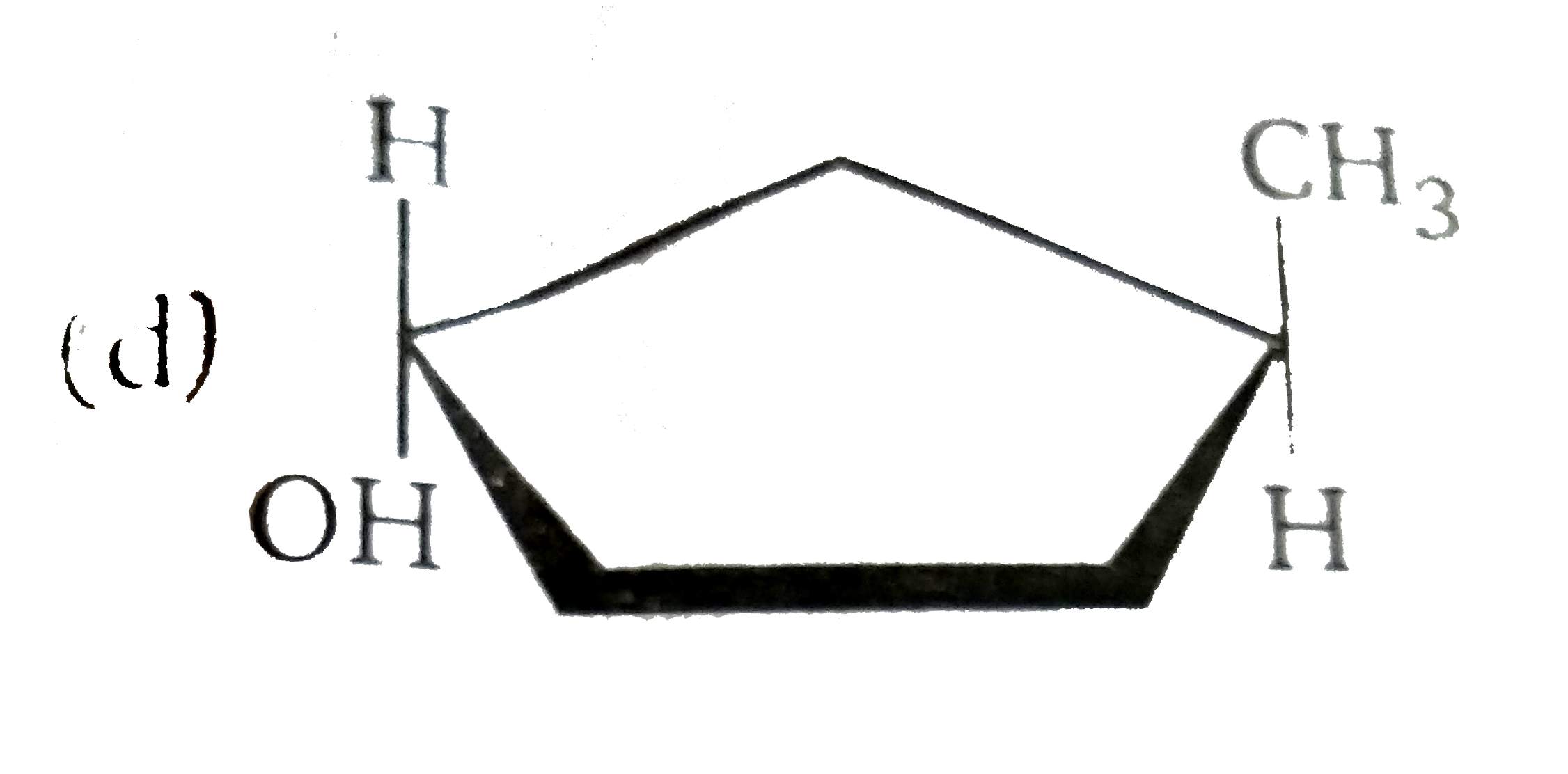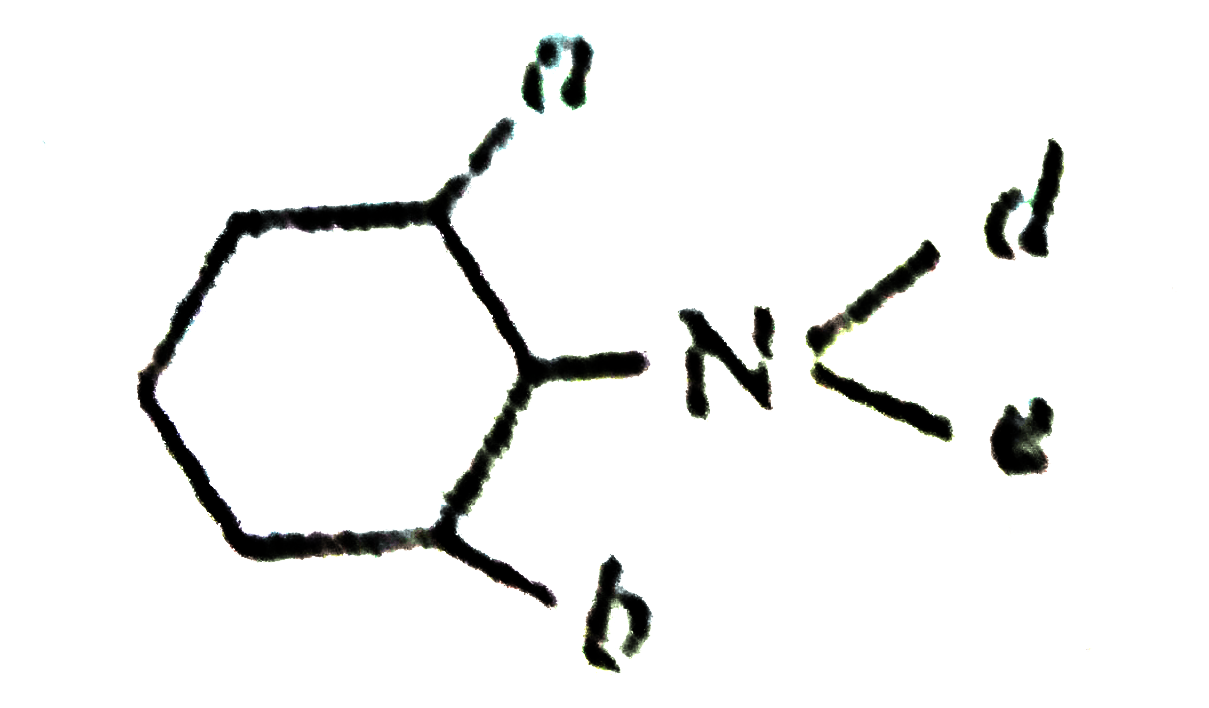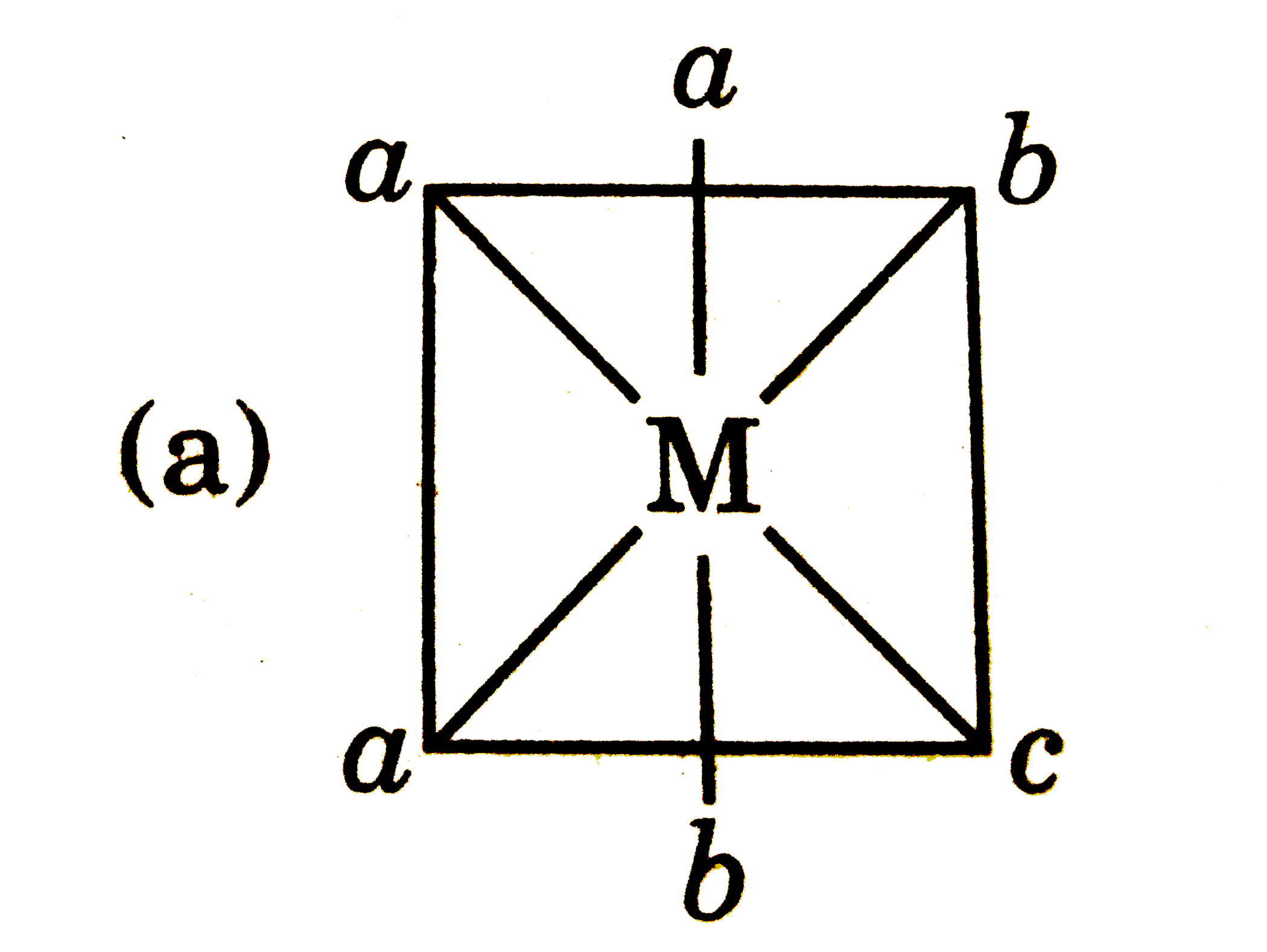Which of the following cyclopentane derivative is optically inactive ?




The correct Answer is:C
To determine which cyclopentane derivative is optically inactive, we need to identify the presence of a plane of symmetry in the given compounds. A compound is optically inactive if it has a plane of symmetry, meaning that one half of the molecule is a mirror image of the other half.
1. Understand Optical Activity:
- Optical activity refers to the ability of a compound to rotate plane-polarized light. A compound is optically active if it lacks a plane of symmetry and has chiral centers.
2. Identify the Compounds:
- We need to analyze the given cyclopentane derivatives. Typically, these compounds will have different substituents attached to the cyclopentane ring.
3. Analyze Each Compound for Symmetry:
- For each compound, check if there is a plane of symmetry:
- Compound A: If there are substituents that are not symmetrically placed (e.g., OH above and H below), it lacks a plane of symmetry.
- Compound B: Similar analysis as Compound A. If substituents are not arranged symmetrically, it is optically active.
- Compound C: If both substituents (e.g., CH3) are positioned symmetrically (both above or below), this compound has a plane of symmetry, making it optically inactive.
- Compound D: Check for symmetry. If substituents are different or not symmetrically arranged, it is optically active.
4. Determine the Optically Inactive Compound:
- After analyzing all compounds, we find that Compound C has a plane of symmetry due to its symmetrical arrangement of substituents. Therefore, it is optically inactive.
5. Conclusion:
- The correct answer is Compound C, as it possesses a plane of symmetry and is thus optically inactive.
- Optical activity refers to the ability of a compound to rotate plane-polarized light. A compound is optically active if it lacks a plane of symmetry and has chiral centers.
- We need to analyze the given cyclopentane derivatives. Typically, these compounds will have different substituents attached to the cyclopentane ring.
- For each compound, check if there is a plane of symmetry:
- Compound A: If there are substituents that are not symmetrically placed (e.g., OH above and H below), it lacks a plane of symmetry.
- Compound B: Similar analysis as Compound A. If substituents are not arranged symmetrically, it is optically active.
- Compound C: If both substituents (e.g., CH3) are positioned symmetrically (both above or below), this compound has a plane of symmetry, making it optically inactive.
- Compound D: Check for symmetry. If substituents are different or not symmetrically arranged, it is optically active.
- After analyzing all compounds, we find that Compound C has a plane of symmetry due to its symmetrical arrangement of substituents. Therefore, it is optically inactive.
- The correct answer is Compound C, as it possesses a plane of symmetry and is thus optically inactive.
Topper's Solved these Questions
- ISOMERISM (STRUCTURAL & STEREOISOMERISM)Book:MS CHOUHANChapter:ISOMERISM (STRUCTURAL & STEREOISOMERISM)Exercise:Level 1 (Q.1 To Q.30)
Explore 13 Videos
- ISOMERISM (STRUCTURAL & STEREOISOMERISM)Book:MS CHOUHANChapter:ISOMERISM (STRUCTURAL & STEREOISOMERISM)Exercise:Level 1 (Q.31 To Q.60)
Explore 9 Videos
- GRIGNARD REAGENTSBook:MS CHOUHANChapter:GRIGNARD REAGENTSExercise:Level 1 (Q.61 To Q.66)
Explore 1 Video
- NOMENCLATURE AND CONFORMATIONS OF ALKANES AND CYCLOALKANESBook:MS CHOUHANChapter:NOMENCLATURE AND CONFORMATIONS OF ALKANES AND CYCLOALKANESExercise:Additional Objective Questions (MCQ)
Explore 1 Video
Similar Questions
Knowledge Check
Which is optically inactive?
A B
B C
C D
D
Which is optically inactive?
A B
B C
C DNone of these
DNone of theseWhich of the following type of complex(s) is/are optically inactive ?
A B
B C
C D
D
Which of the following is optically inactive ?
View SolutionWhich of the following species exists as optically inactive form ?
View SolutionWhich of the following compound is achiral ( optically inactive )?
View SolutionWhich of the following complexes is/are optically inactive due to the presence of plane of symmetry ?
View SolutionWhich of the following compounds produces an optically inactive compound on hydrogenation?
View Solution

